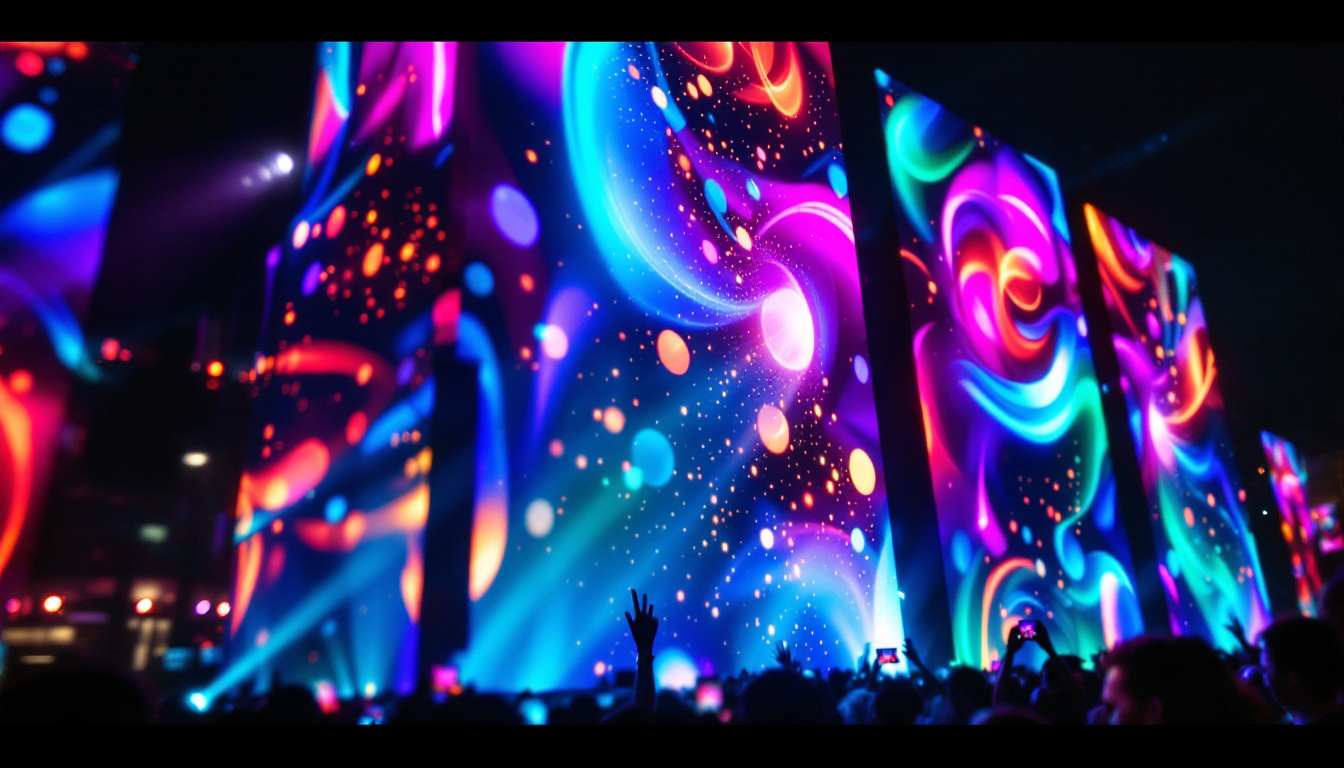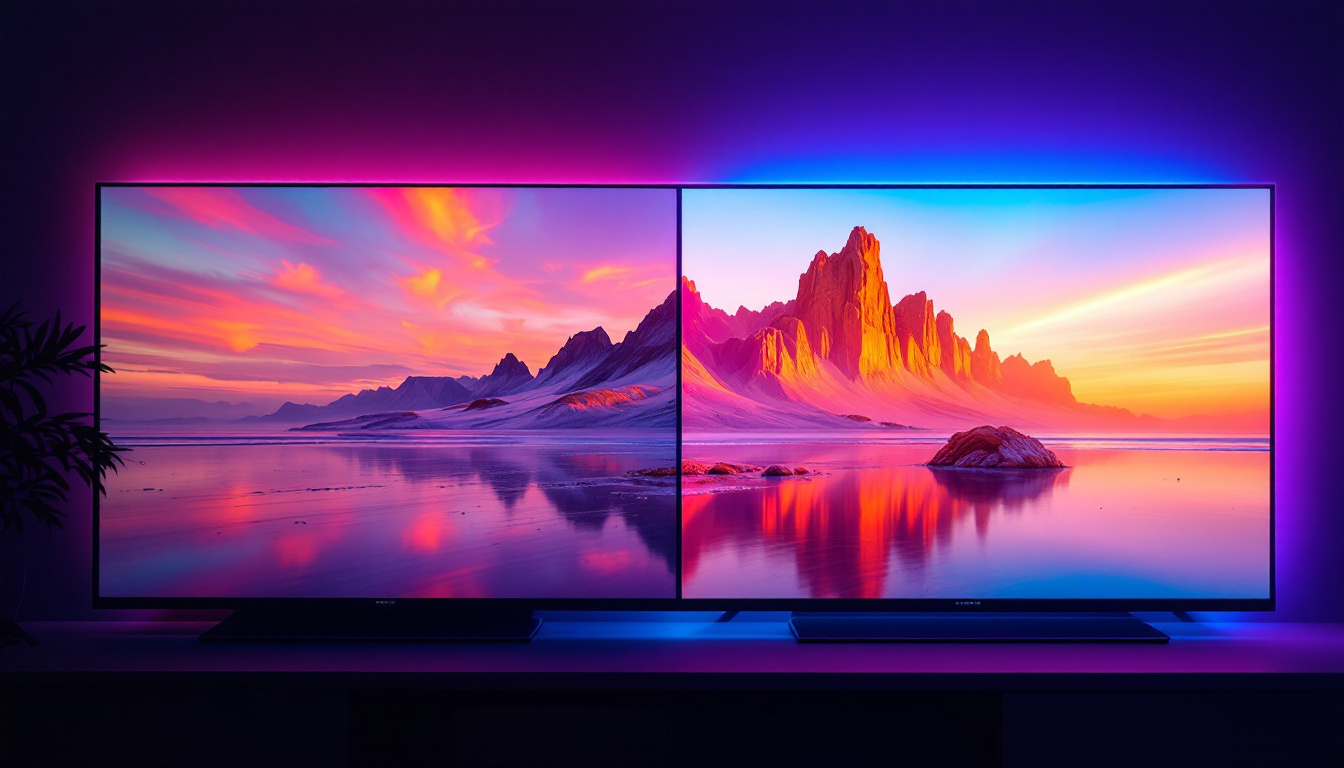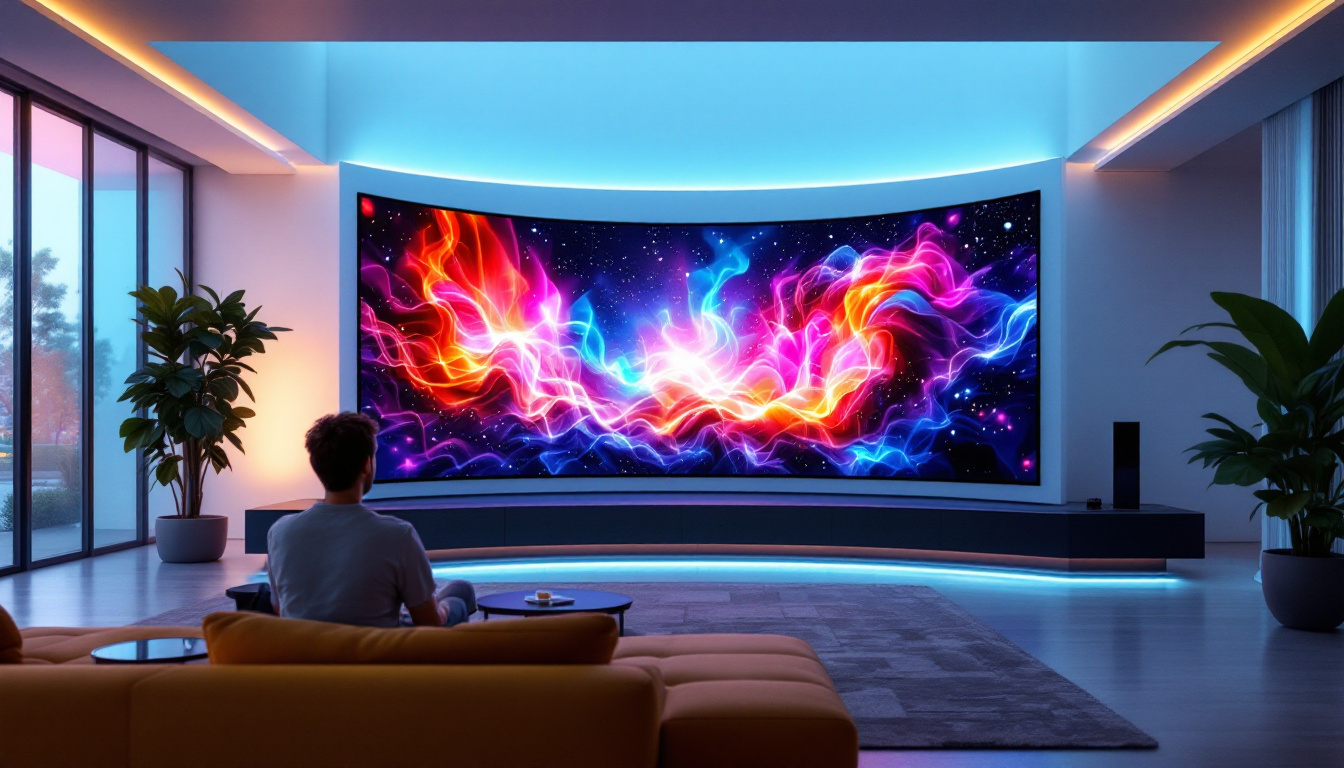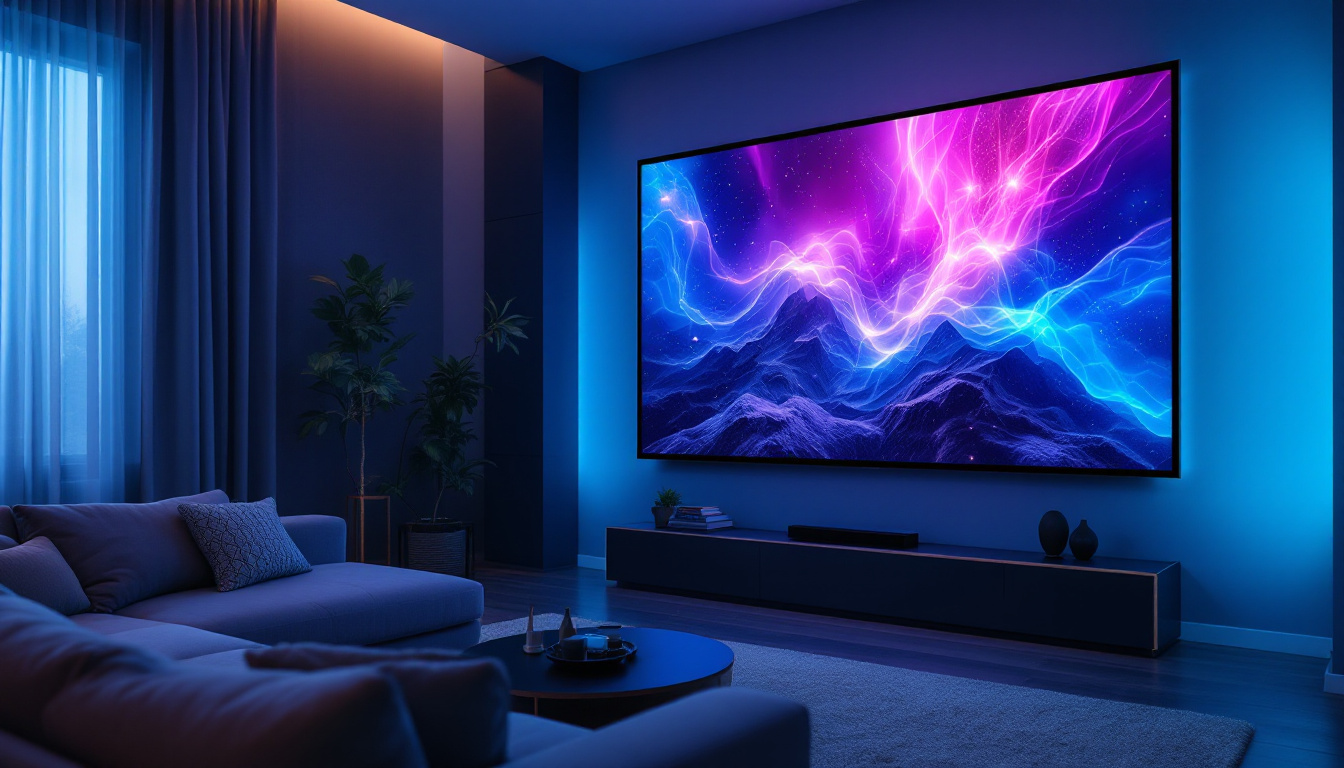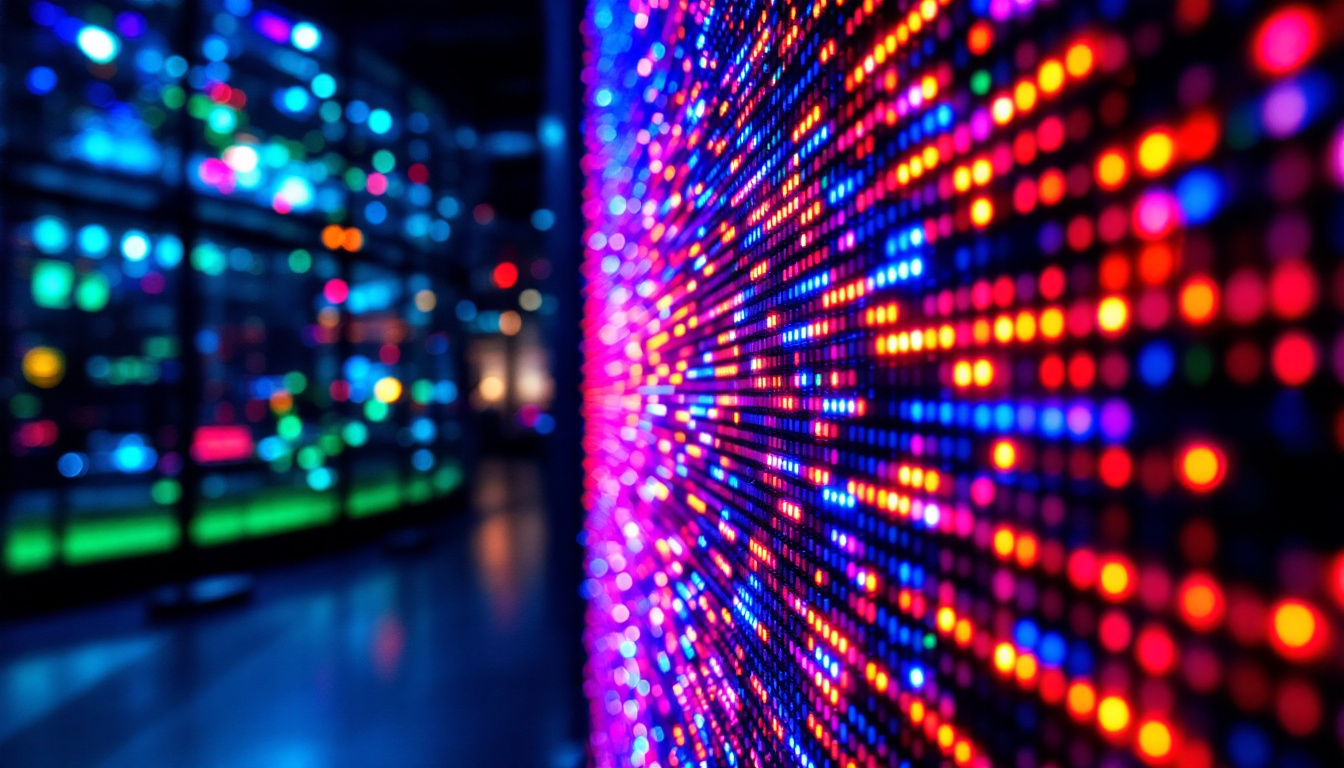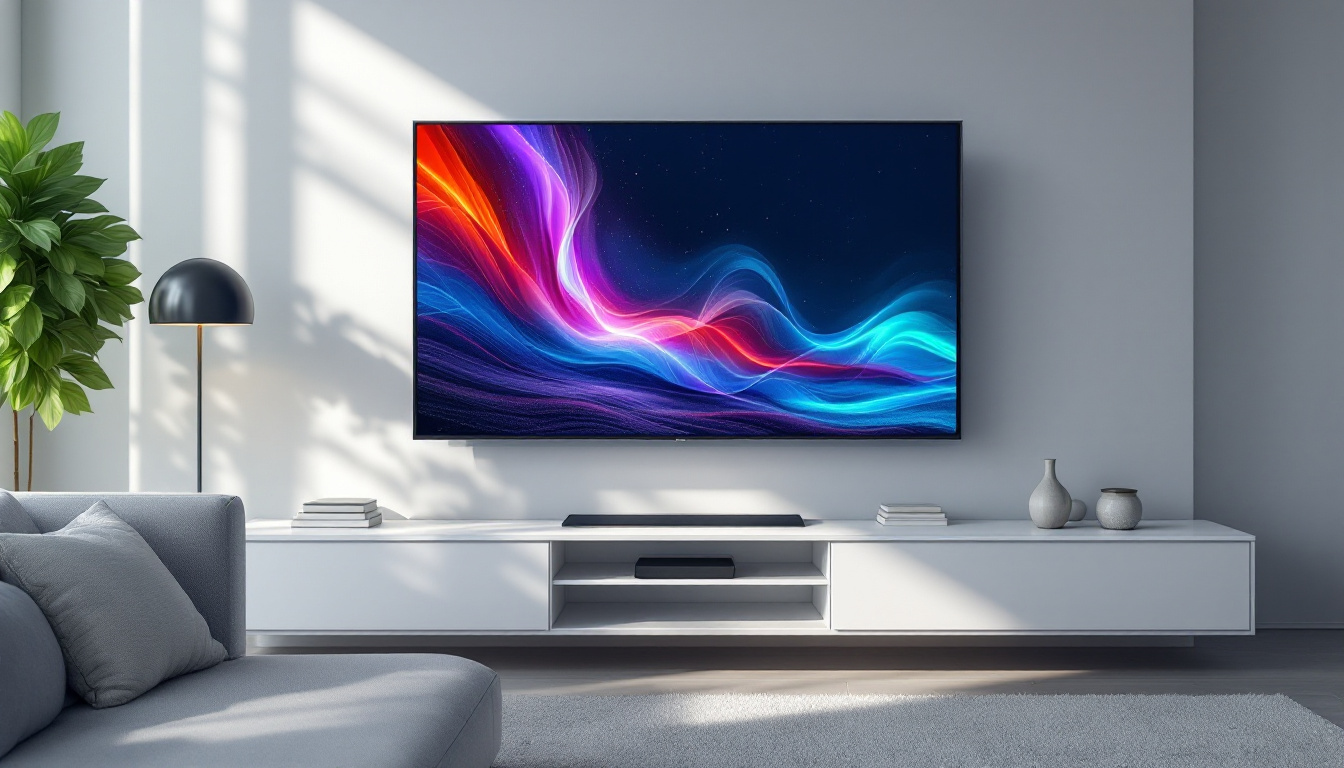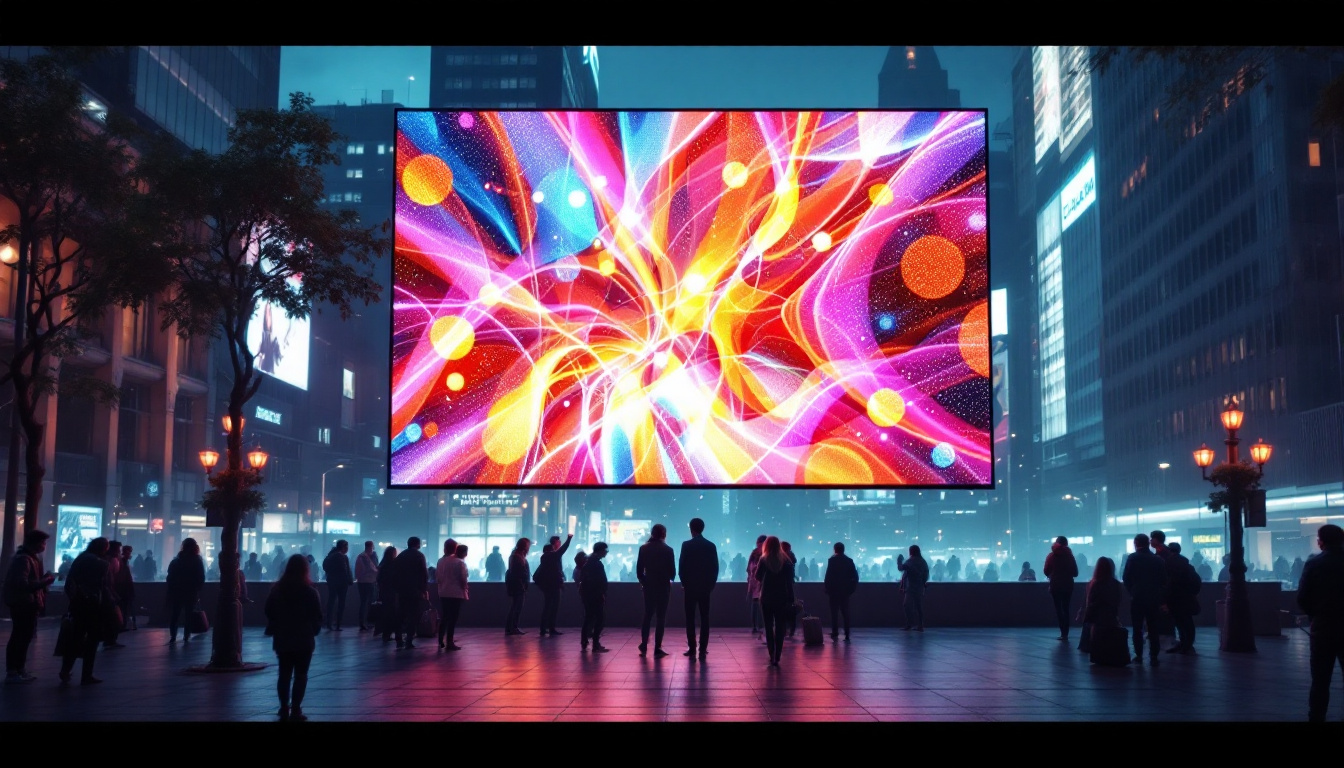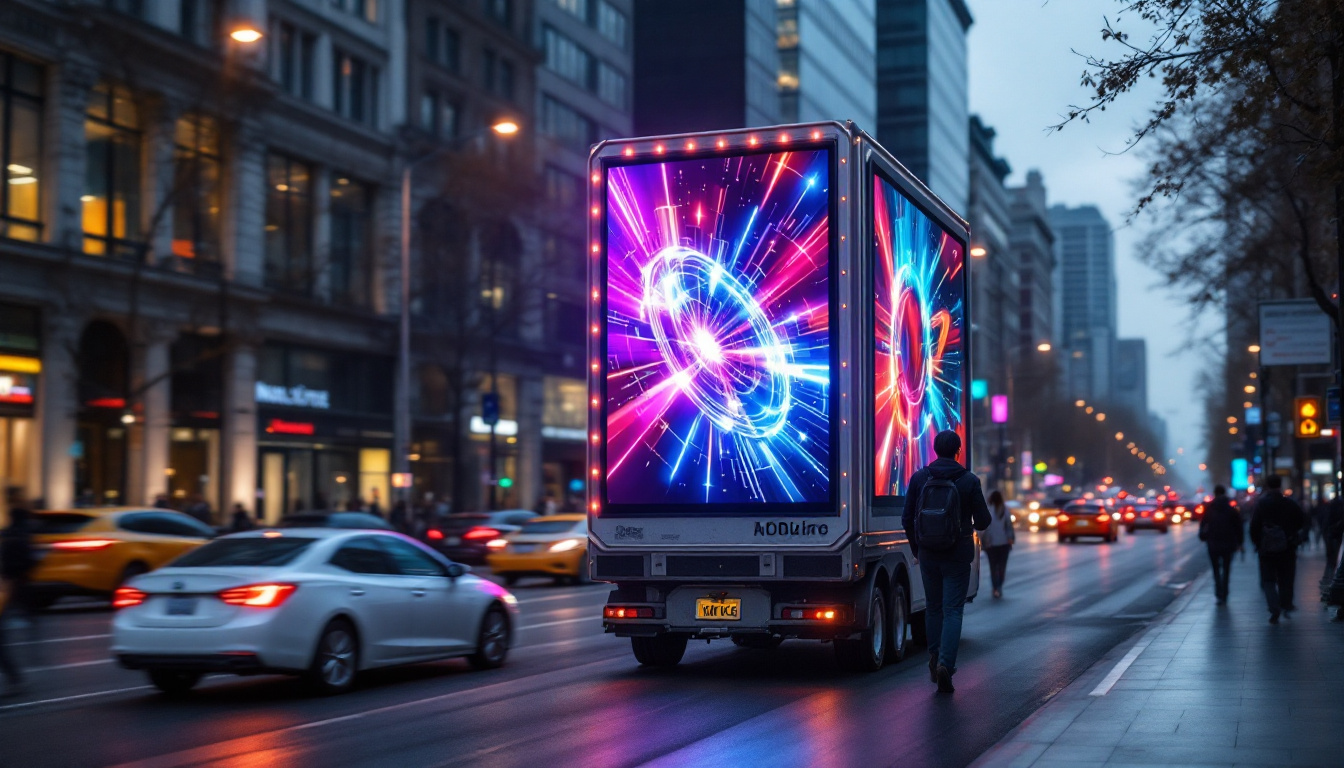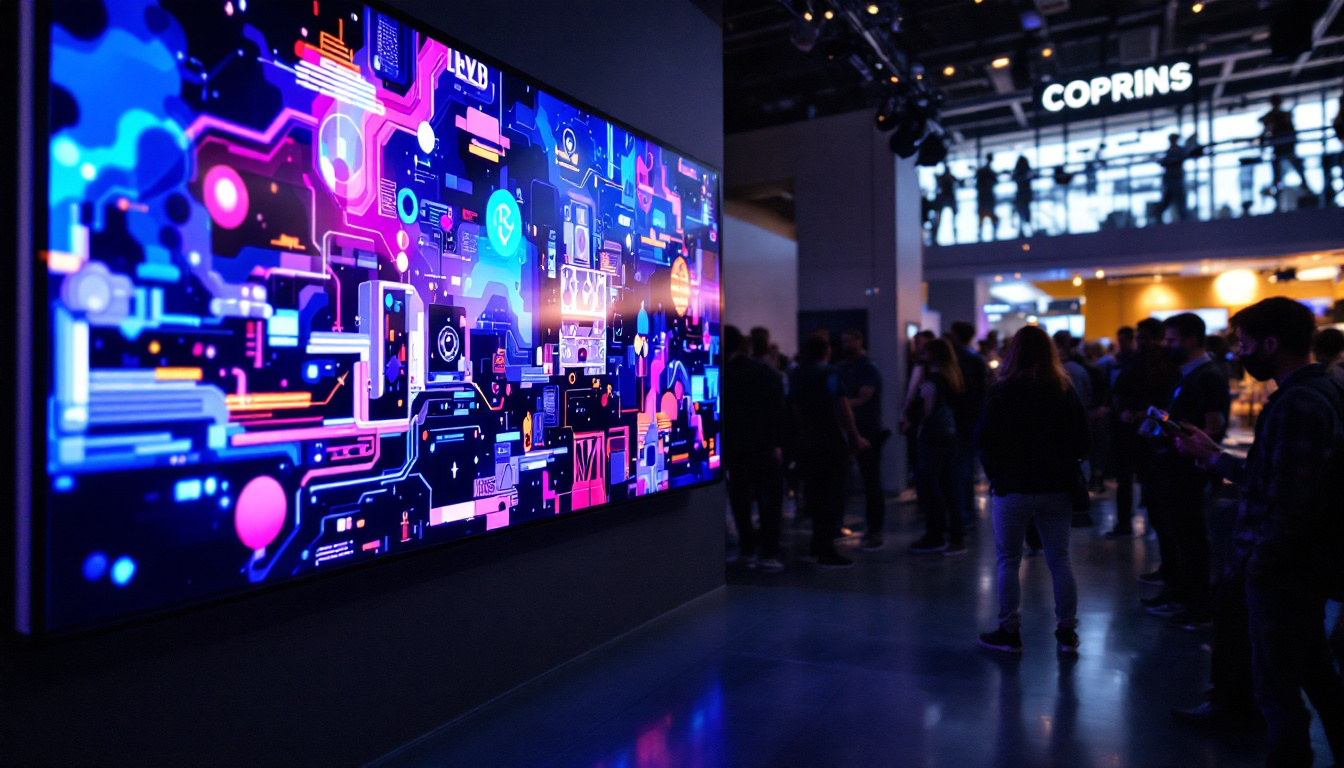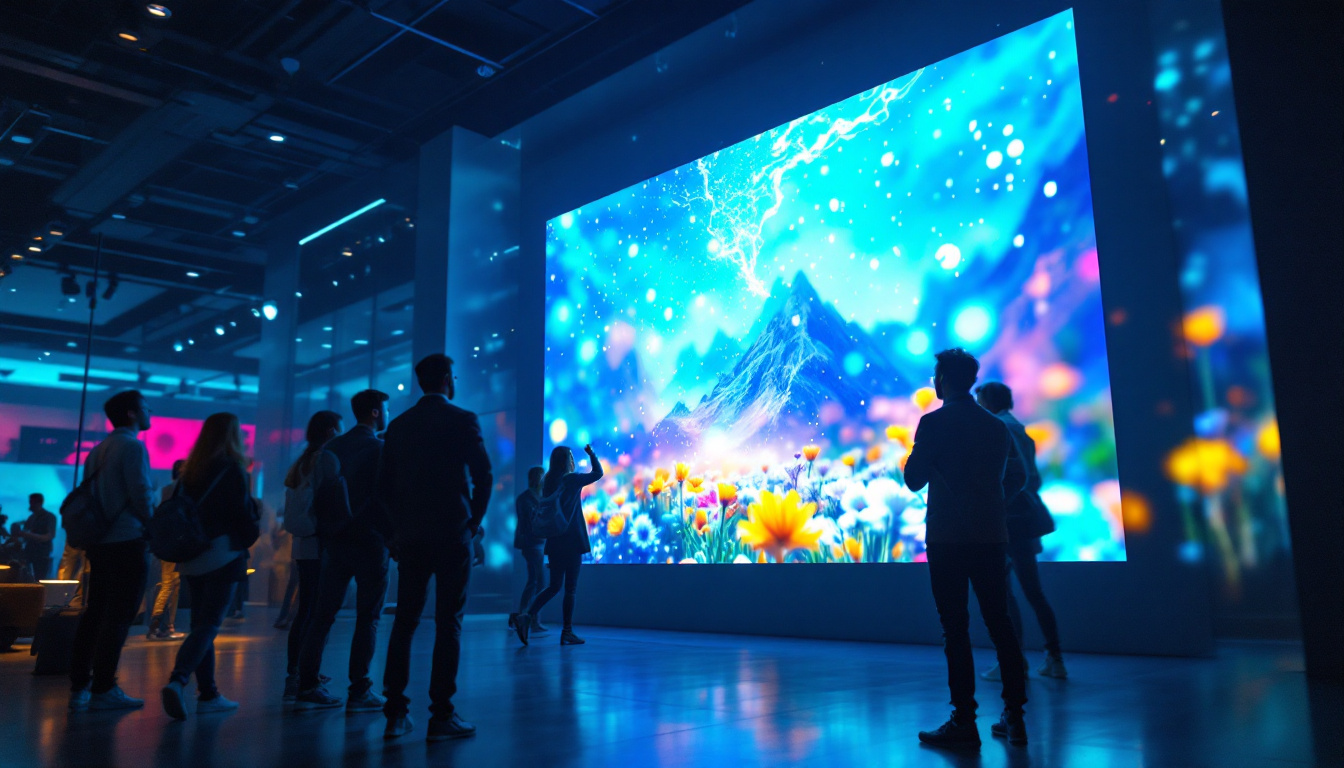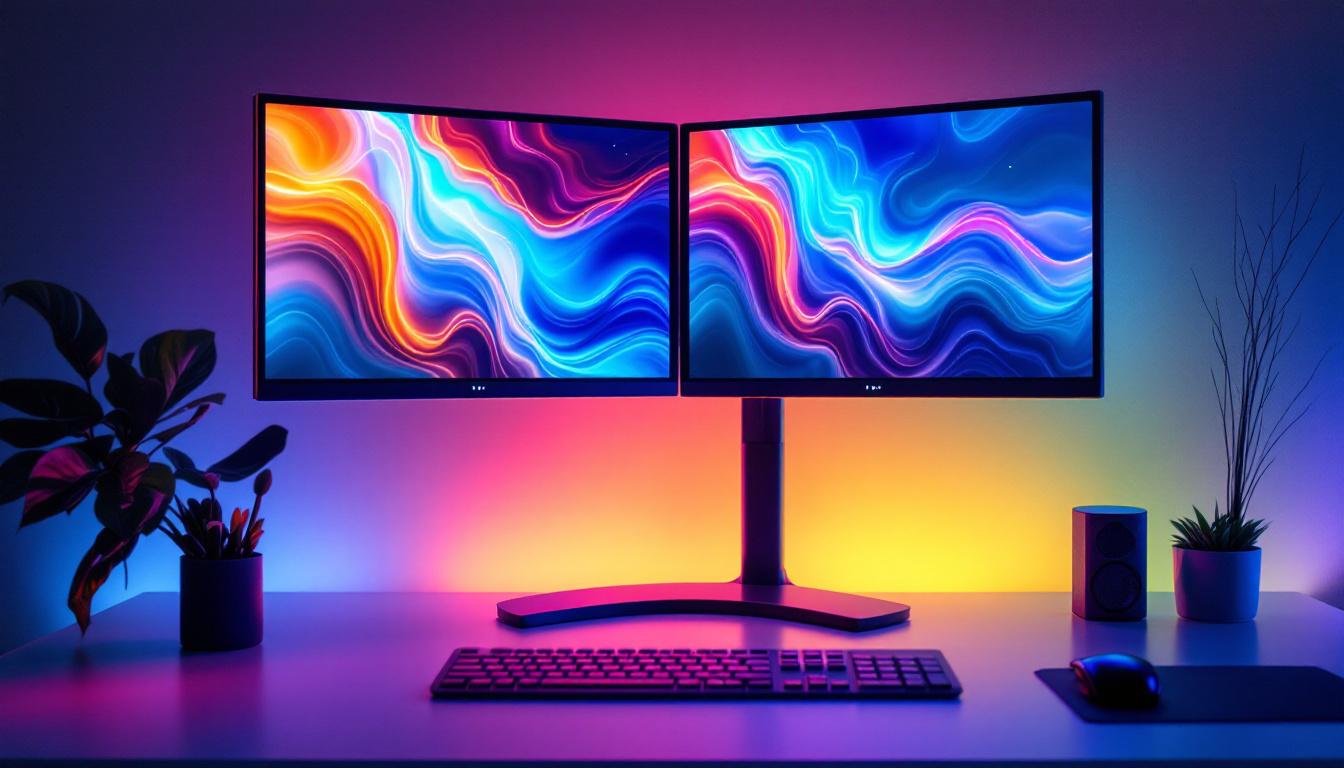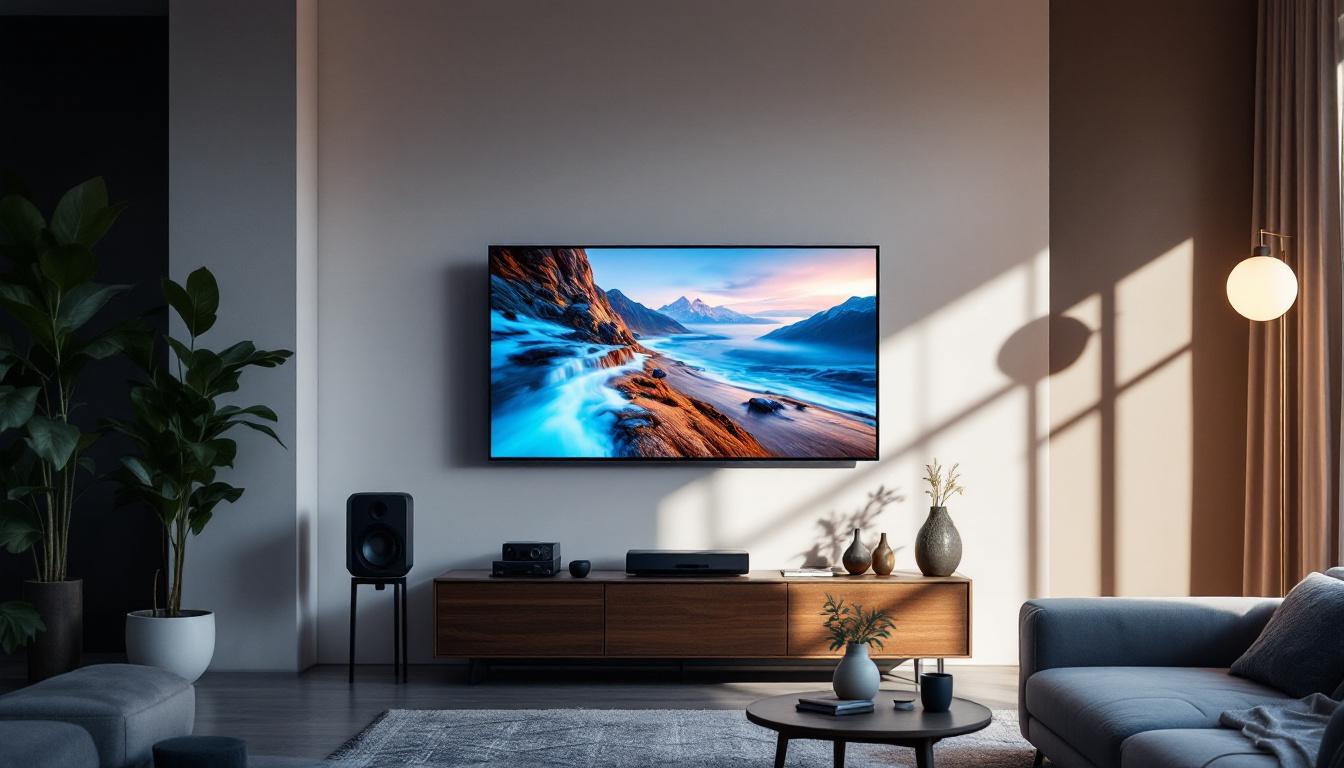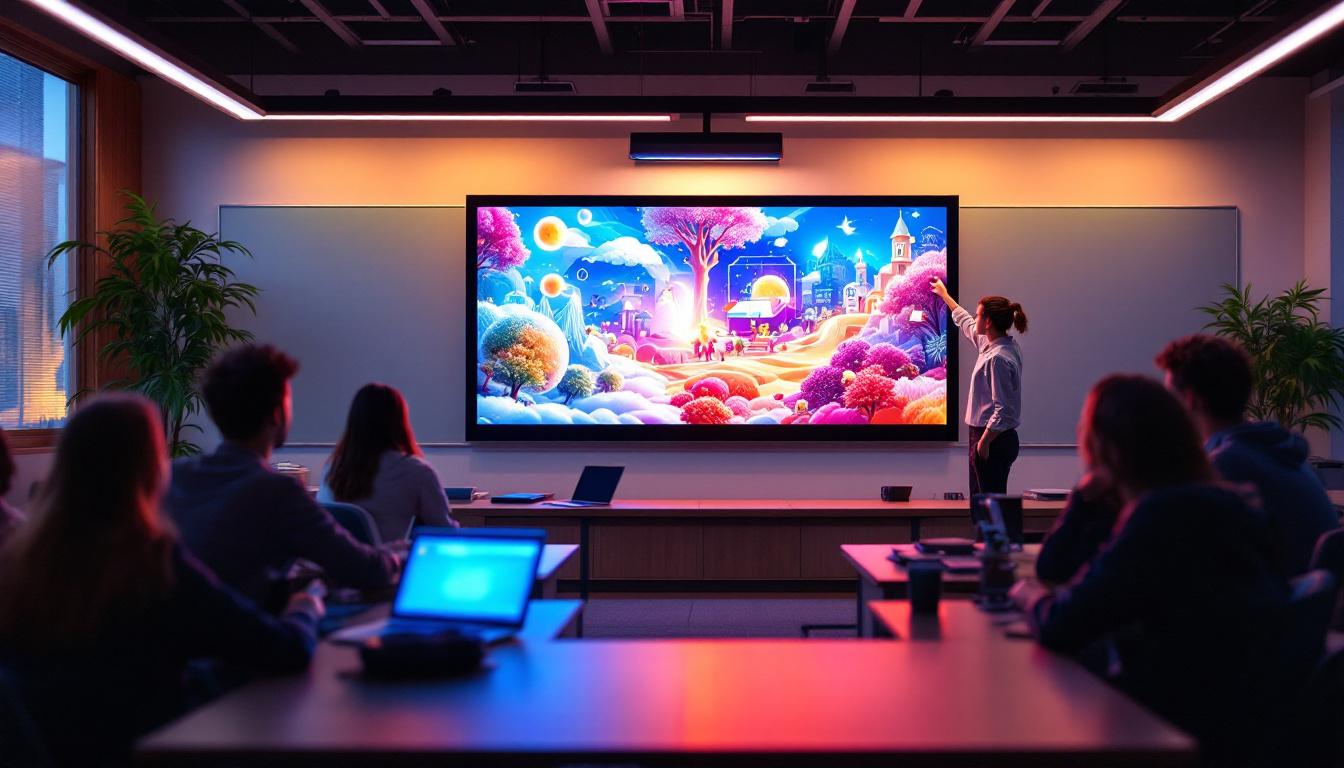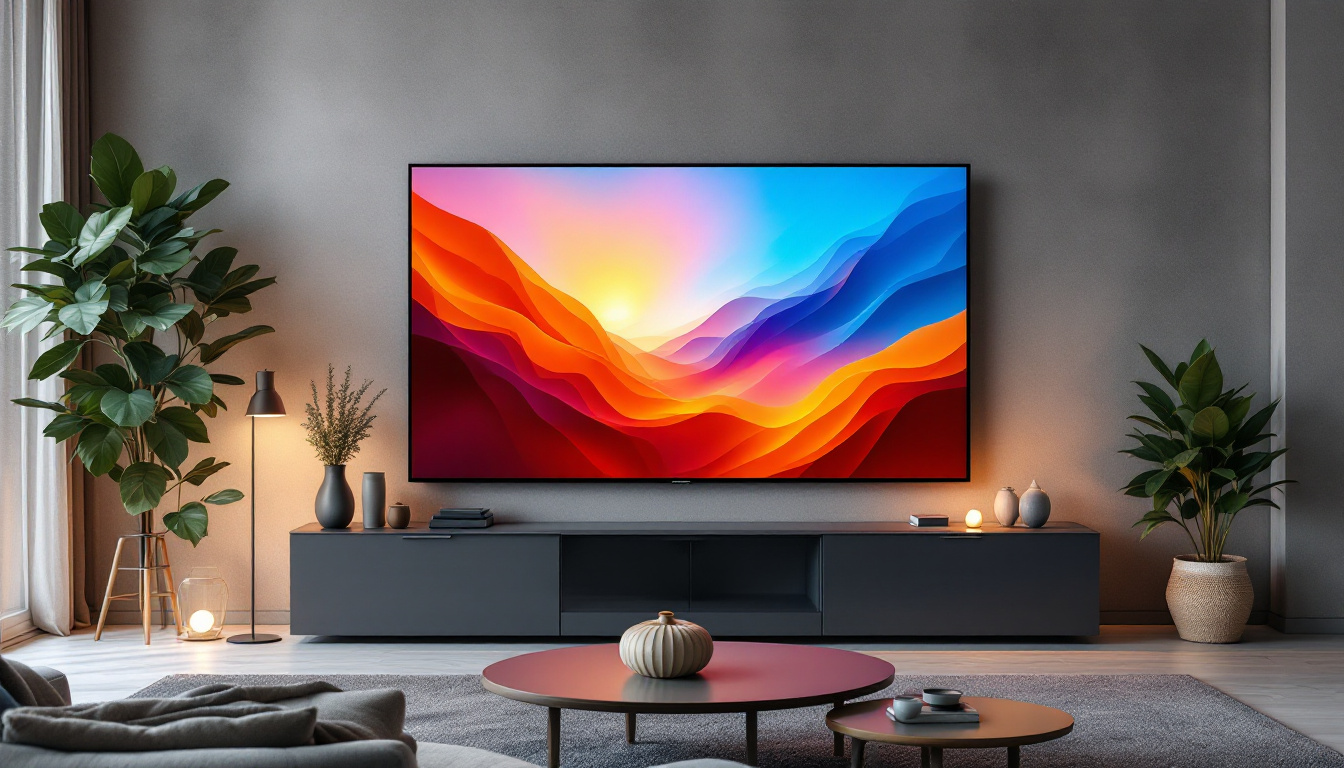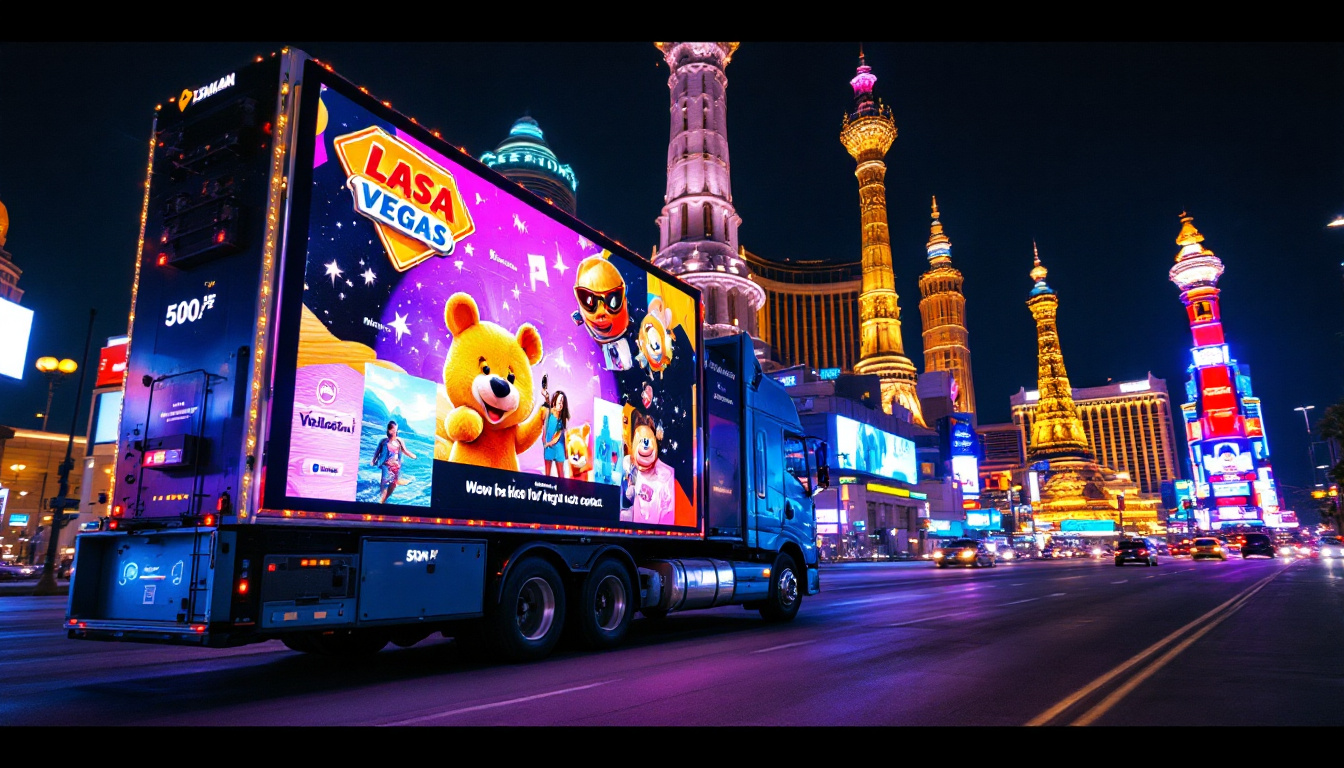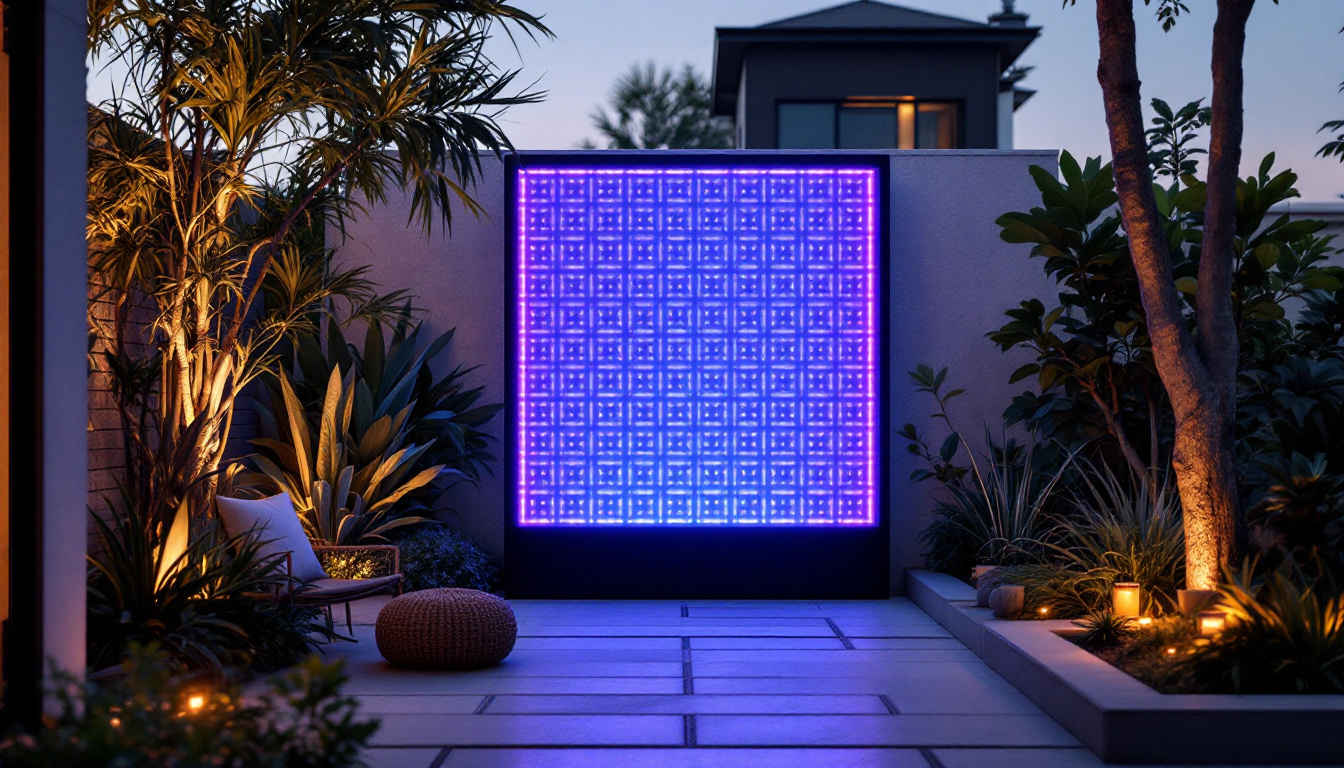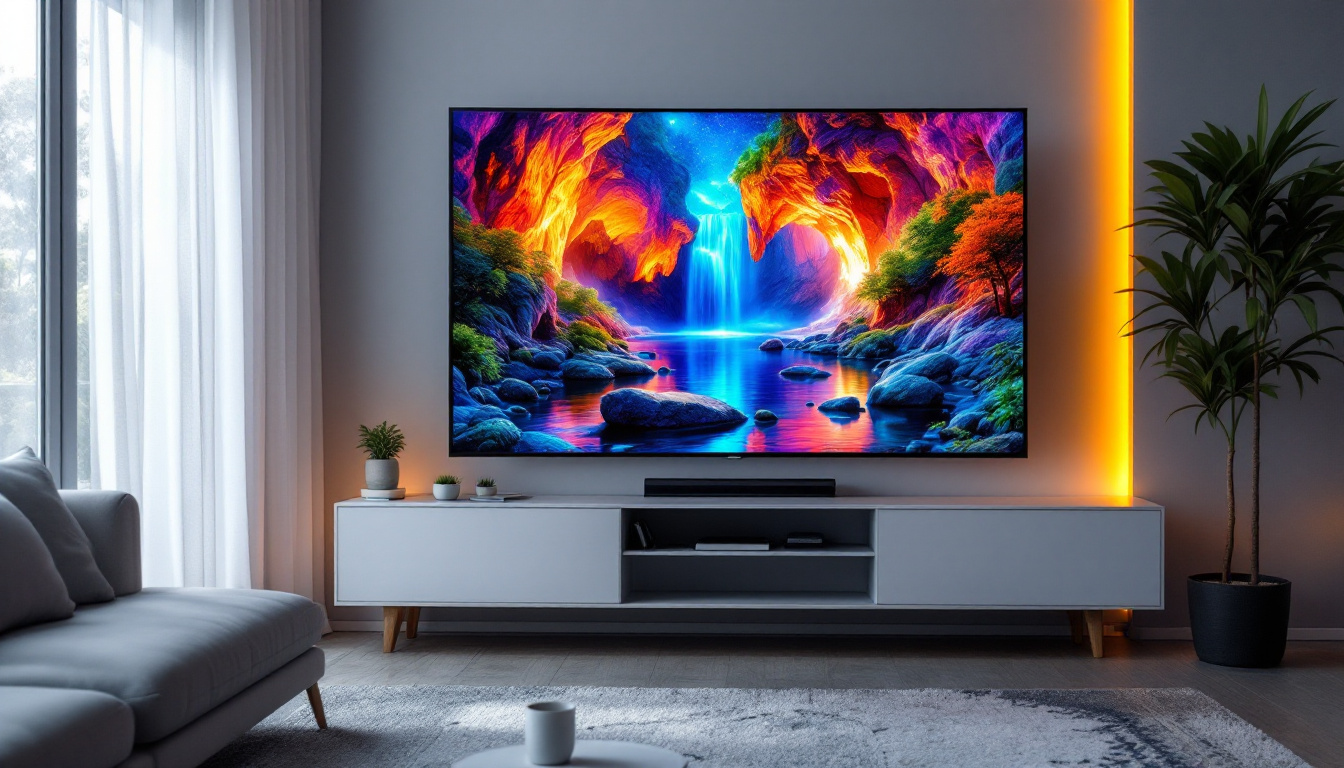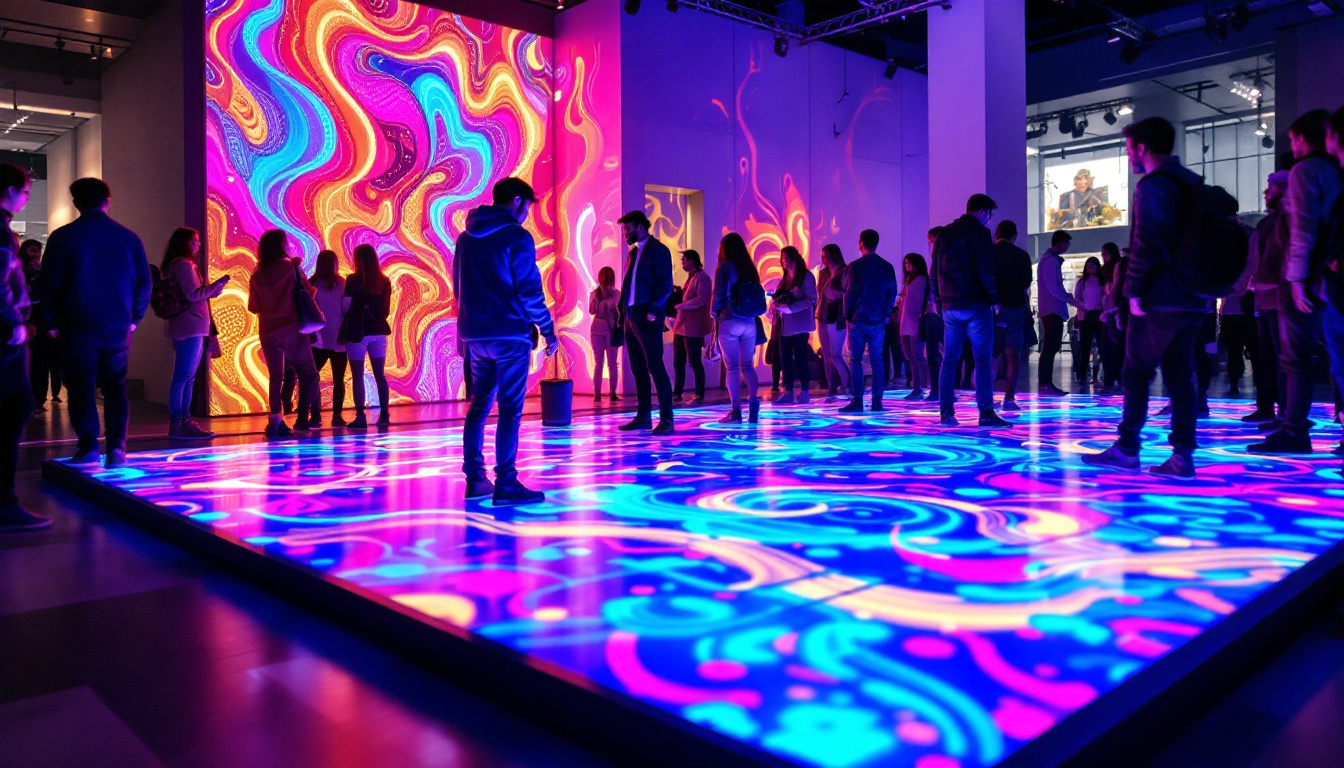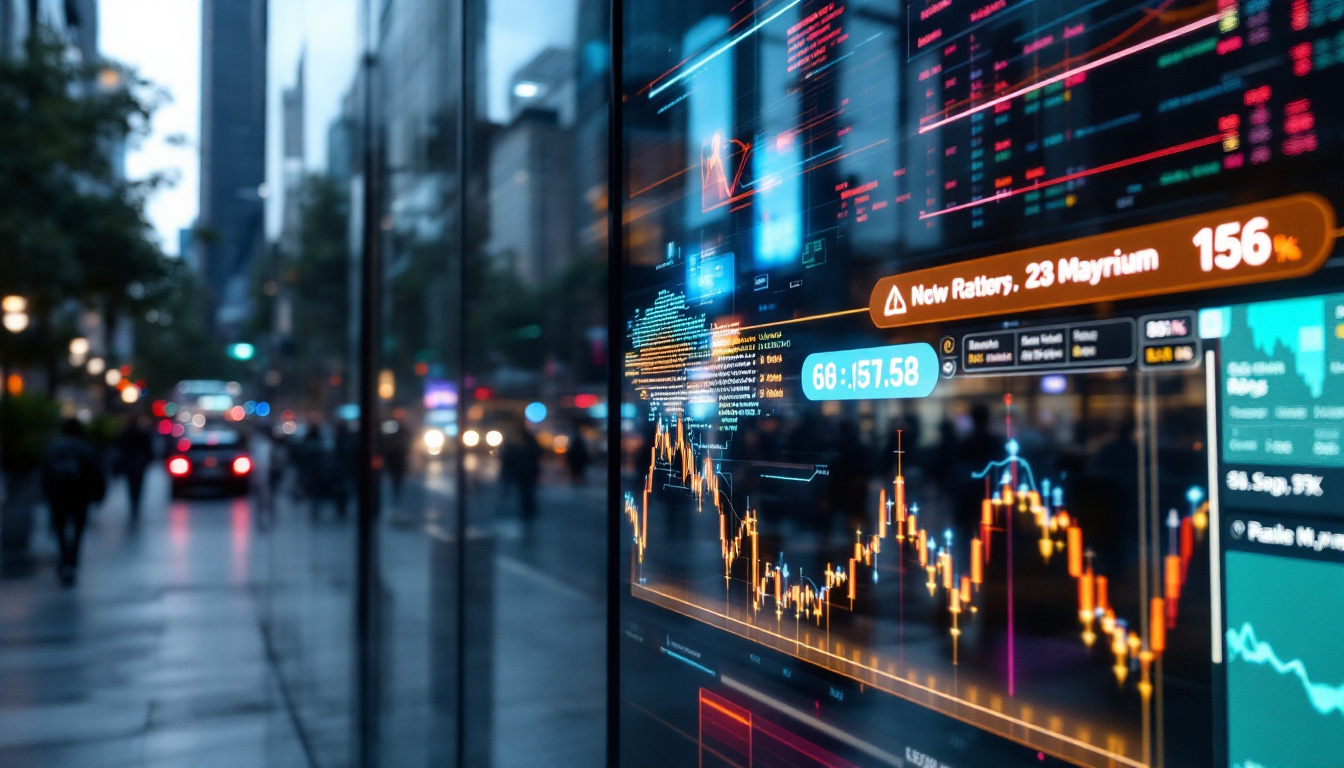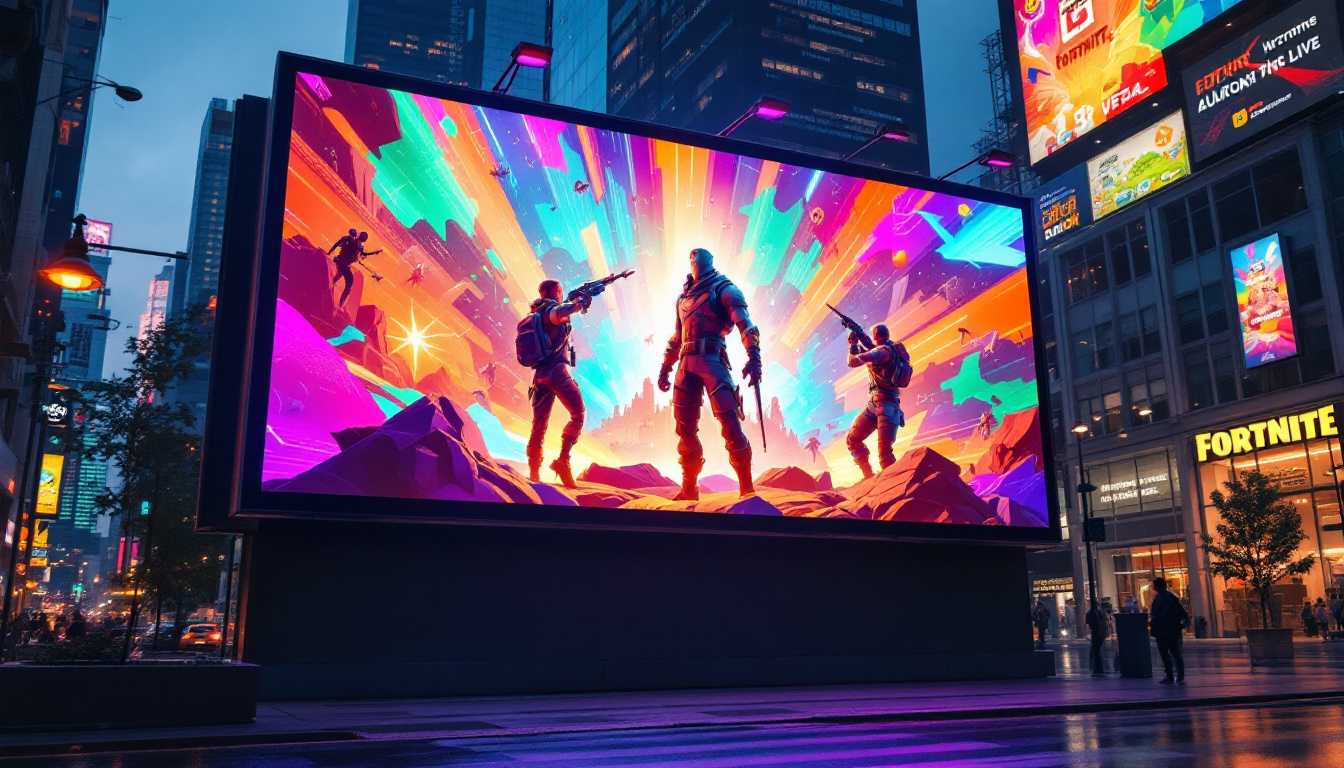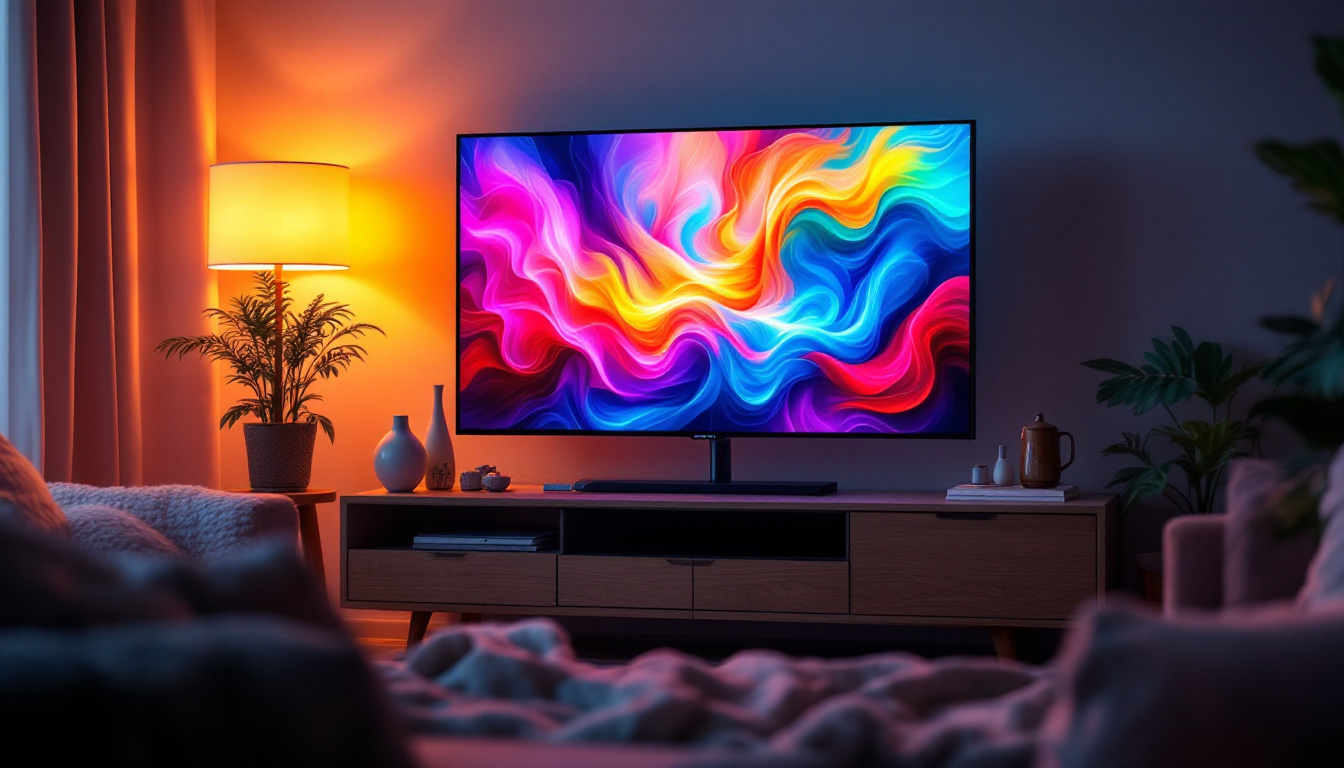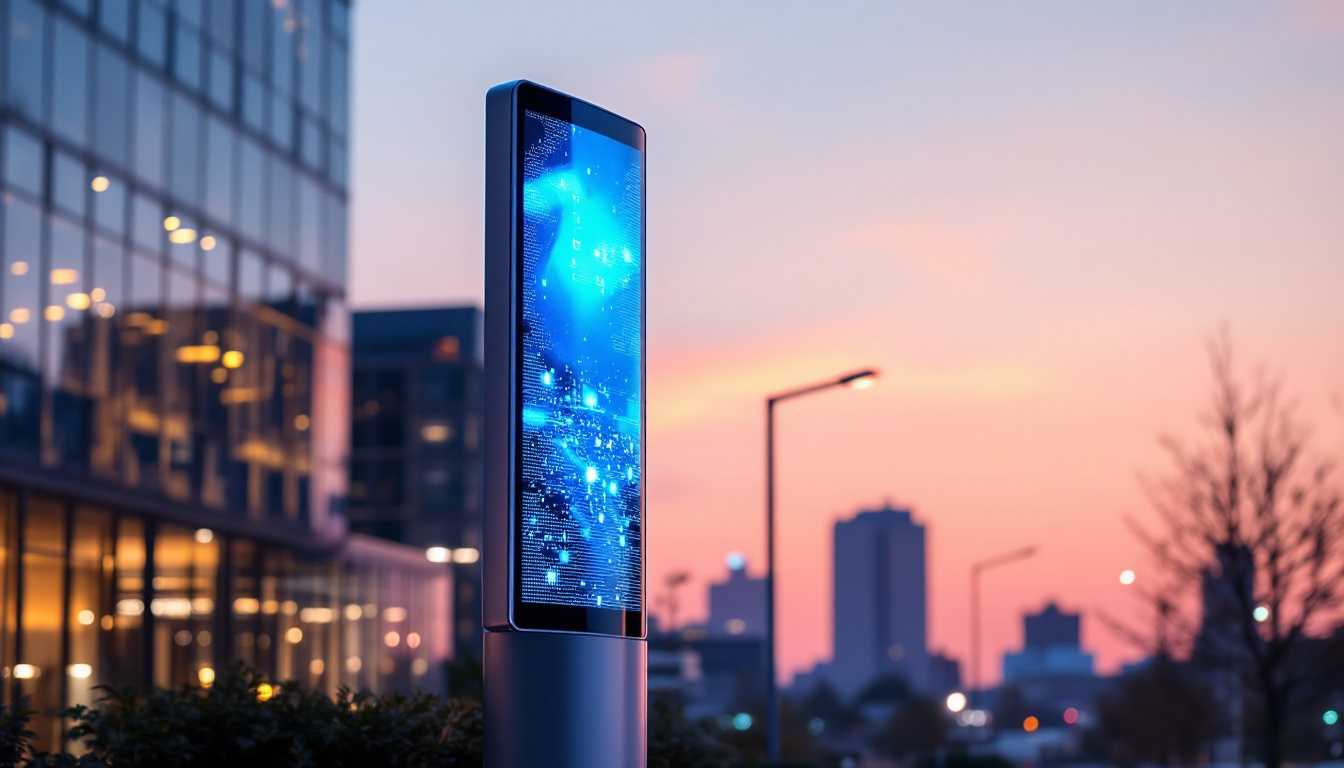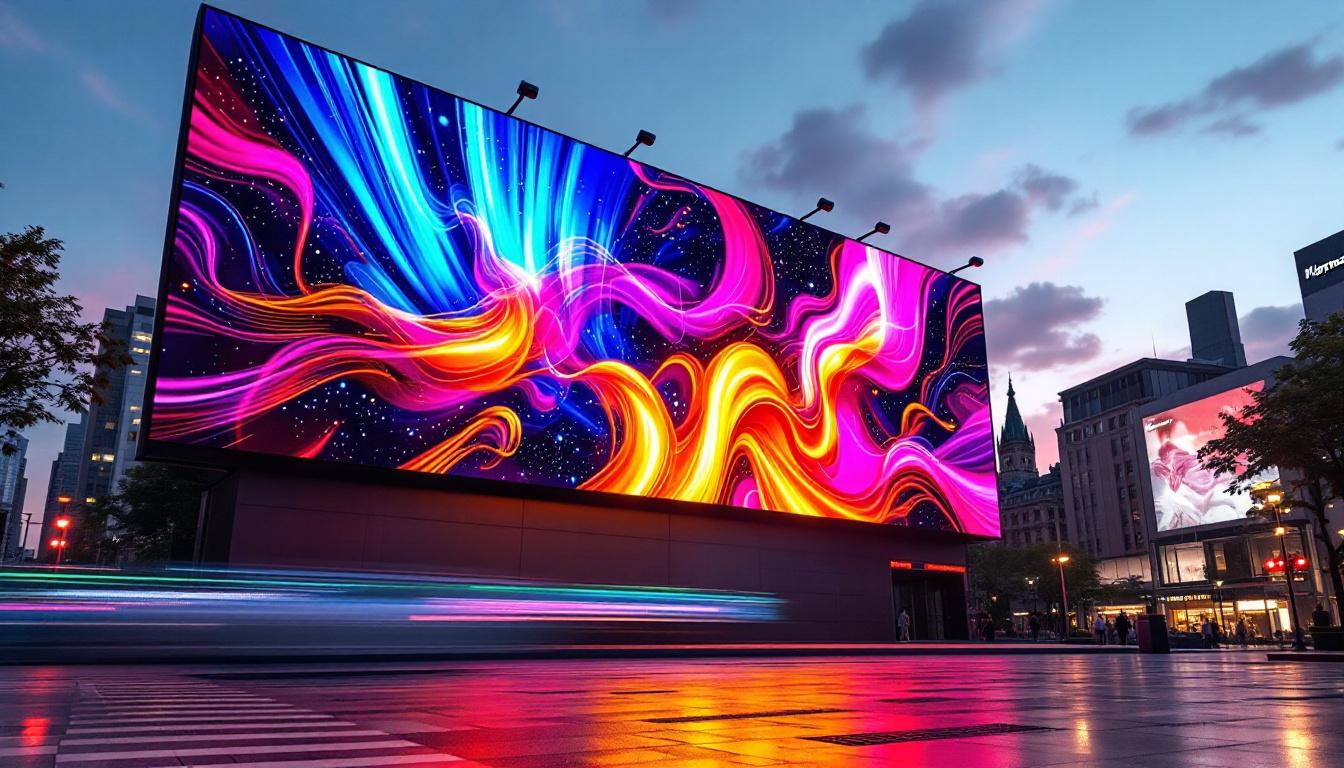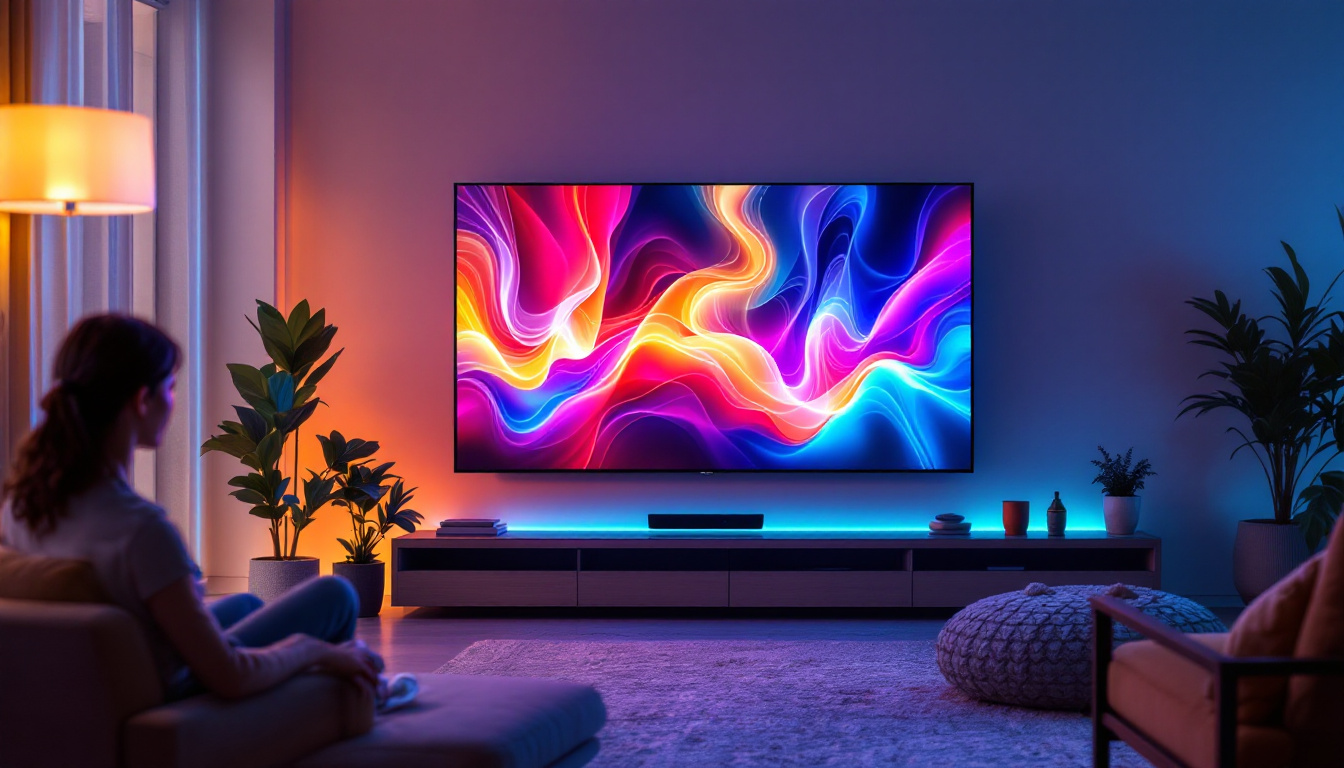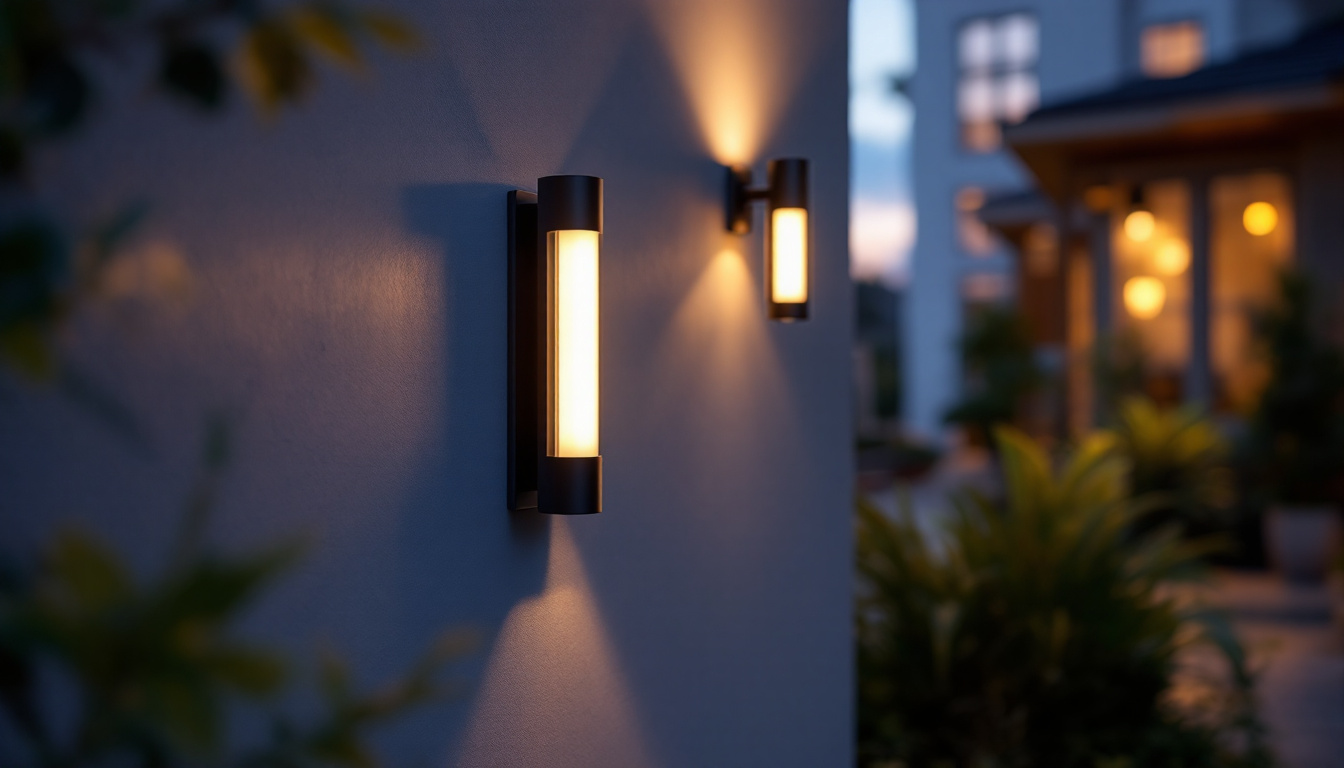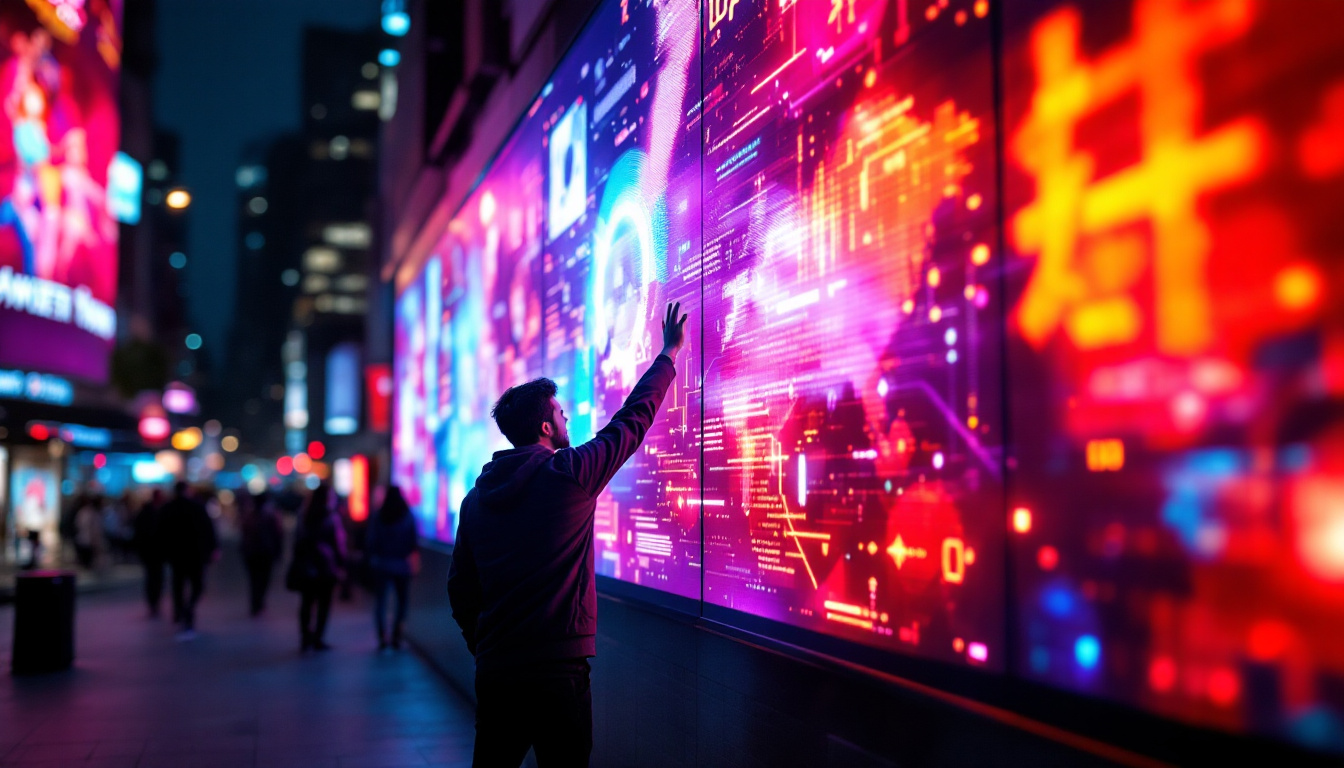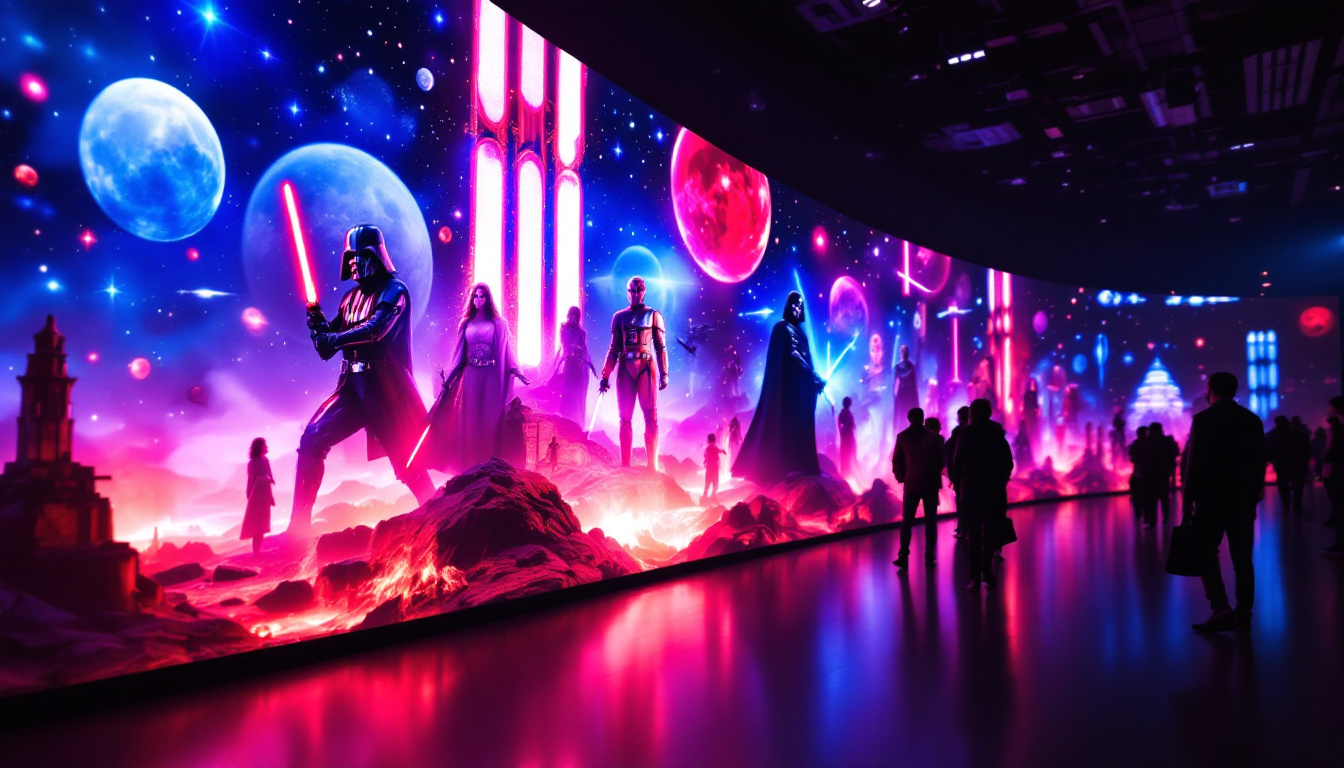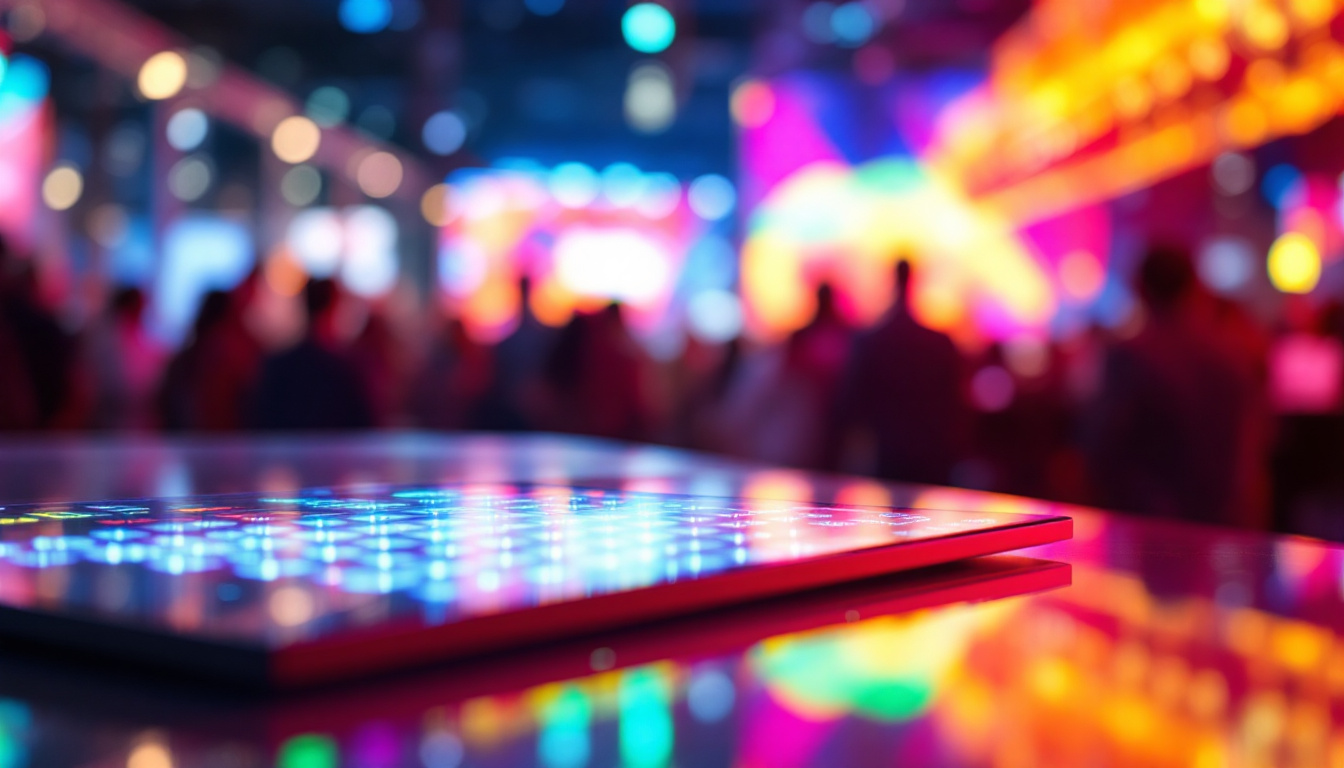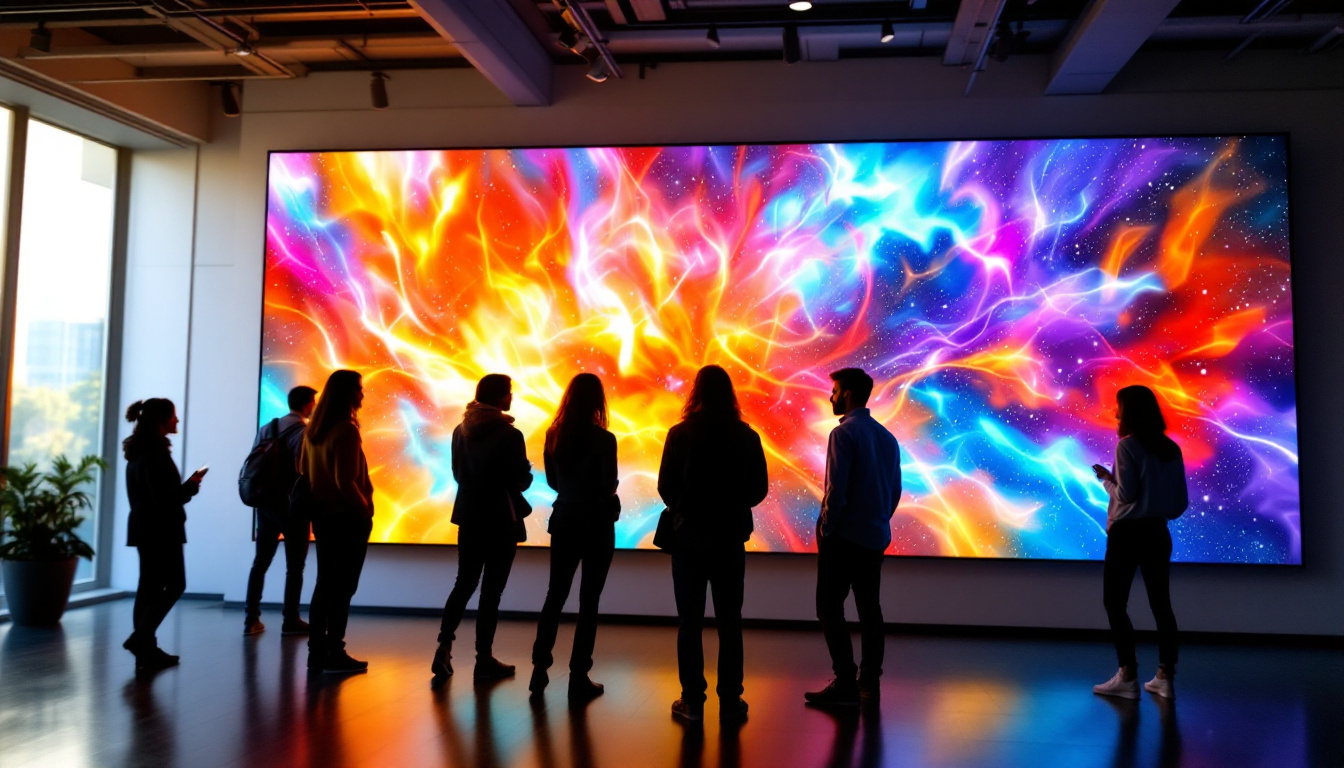In the modern world, LED displays have become ubiquitous, transforming the way information is presented across various platforms. From advertising billboards to personal devices, LED technology has revolutionized visual communication. This article delves into the intricacies of LED displays, exploring their applications, benefits, and the technology behind them.
Understanding LED Technology
Light Emitting Diodes (LEDs) are semiconductor devices that emit light when an electric current passes through them. This technology has advanced significantly over the years, leading to the development of high-quality displays that are both energy-efficient and versatile. The rise of LED technology has revolutionized not only the lighting industry but also the fields of electronics and digital displays, creating opportunities for innovation in various sectors.
The Science Behind LEDs
At the core of LED technology is the principle of electroluminescence. When electrons recombine with holes in a semiconductor, they release energy in the form of photons, producing light. The color of the light emitted depends on the materials used in the semiconductor. By adjusting these materials, manufacturers can create LEDs that emit a wide spectrum of colors. This ability to customize colors has led to the widespread use of LEDs in decorative lighting, automotive lighting, and even in horticulture, where specific wavelengths are used to optimize plant growth.
Types of LED Displays
LED displays come in various forms, each tailored for specific applications. The most common types include:
- Direct View LED Displays: These are made up of individual LED modules that create a large screen. They are often used for outdoor advertising and large events, providing bright and dynamic visuals that can be seen from a distance, even in direct sunlight.
- LED Backlit Displays: These screens use LEDs to illuminate an LCD panel from behind, providing better contrast and color accuracy. This technology is widely used in televisions and computer monitors, enhancing the viewing experience by delivering deeper blacks and vibrant colors.
- Organic LED (OLED) Displays: Utilizing organic compounds, OLEDs offer superior color reproduction and flexibility, making them popular in smartphones and televisions. The ability of OLEDs to produce true blacks by turning off individual pixels has set a new standard for display quality, allowing for thinner and more lightweight designs.
In addition to these common types, there are also specialized LED displays such as MicroLEDs, which consist of tiny, self-emitting pixels that can create stunningly high-resolution images. MicroLED technology is emerging as a strong competitor to OLED, promising even greater brightness and longevity. Furthermore, the integration of smart technology with LED displays has opened up new avenues for interactivity, allowing users to engage with content in innovative ways, such as touch-sensitive screens and augmented reality applications. As the technology continues to evolve, the potential applications for LED displays seem limitless, paving the way for a more visually engaging future.
Applications of LED Displays
The versatility of LED displays allows them to be used in a wide range of applications, from commercial advertising to entertainment and information dissemination.
Advertising and Marketing
One of the most prominent uses of LED displays is in advertising. digital billboards and signage can capture attention with vibrant colors and dynamic content. Advertisers can change messages in real-time, allowing for targeted marketing strategies that adapt to different audiences and times of day. The ability to display video content further enhances engagement, as moving images can convey messages more effectively than static ads. Moreover, the strategic placement of LED displays in high-traffic areas maximizes visibility and impact, making them a preferred choice for brands looking to make a strong impression.
Entertainment Industry
In the entertainment sector, LED displays have transformed concerts, theaters, and sporting events. Large screens provide audiences with a better viewing experience, displaying high-resolution visuals that enhance performances. Additionally, LED technology enables stunning light shows that synchronize with music, creating an immersive atmosphere. Beyond live events, LED displays are also integral to the film industry, where they are used in production sets to create realistic backgrounds and environments. This innovative use of LED technology not only reduces the need for extensive location shoots but also allows for greater creative flexibility in storytelling.
Information Displays
LED displays are also widely used for information dissemination in public spaces. Airports, train stations, and shopping malls utilize LED screens to provide real-time updates on schedules, directions, and promotions. This instant communication enhances the user experience and improves operational efficiency. Furthermore, educational institutions are increasingly adopting LED displays for announcements and interactive learning, allowing for a more engaging educational environment. The adaptability of LED technology means that these displays can be customized to fit various needs, from simple text updates to complex graphics and animations, ensuring that the information is not only accessible but also visually appealing.
Benefits of LED Displays
The advantages of LED displays extend beyond just visual appeal. They offer numerous benefits that make them a preferred choice for various applications.
Energy Efficiency
One of the most significant benefits of LED technology is its energy efficiency. Compared to traditional incandescent or fluorescent lighting, LEDs consume significantly less power, leading to reduced energy costs. This efficiency not only benefits the environment by lowering carbon footprints but also provides long-term savings for businesses. Moreover, the reduced heat emission from LED displays means less strain on air conditioning systems, further enhancing energy savings and creating a more comfortable environment for both employees and customers.
Longevity and Durability
LED displays are known for their longevity. With a lifespan of up to 100,000 hours, they outlast many other display technologies. This durability means fewer replacements and lower maintenance costs, making them a cost-effective solution for businesses and organizations. Additionally, LED technology is resistant to shock and vibration, which makes these displays ideal for outdoor use and in high-traffic areas where traditional screens might fail. This resilience ensures that businesses can rely on their displays to function consistently, even in challenging conditions.
High-Quality Visuals
LED displays provide exceptional brightness and contrast, making them suitable for various lighting conditions. Whether in direct sunlight or dimly lit environments, LED screens maintain clarity and vibrancy, ensuring that content is always visible and engaging. The ability to produce a wide color gamut allows for more accurate and vivid representations of images and videos, enhancing the overall viewer experience. Furthermore, advancements in LED technology have led to the development of high-definition and ultra-high-definition displays, which are increasingly being used in advertising, entertainment, and information dissemination, captivating audiences with stunning visuals that draw attention and convey messages effectively.
Challenges and Considerations
Despite their many advantages, LED displays also come with challenges that need to be addressed.
Initial Costs
While the long-term savings of LED technology are significant, the initial investment can be high. Businesses must weigh the upfront costs against the potential savings over time. However, as technology advances and production costs decrease, LED displays are becoming more accessible. Additionally, financing options and leasing arrangements are becoming increasingly popular, allowing companies to spread out costs over time. This financial flexibility can make it easier for smaller businesses to adopt LED technology without straining their budgets.
Heat Generation
LEDs generate heat during operation, which can affect performance if not managed properly. Adequate cooling systems are necessary to maintain optimal performance and extend the lifespan of the display. This requirement adds complexity to installation and maintenance. Moreover, in environments with high ambient temperatures, the risk of overheating increases, necessitating more robust cooling solutions. As a result, careful planning is essential to ensure that the installation site can accommodate these cooling needs, which may involve additional infrastructure investments.
Color Calibration
Achieving consistent color quality across LED displays can be challenging. Variations in manufacturing processes can lead to differences in color reproduction. Regular calibration and maintenance are essential to ensure that displays maintain their intended visual quality. Furthermore, the viewing environment can also influence color perception; factors such as ambient lighting and surrounding colors can alter how the display is perceived. Therefore, ongoing adjustments may be necessary to ensure that the display meets the desired standards, particularly in applications where color accuracy is critical, such as in art galleries or advertising. This ongoing need for calibration can add to the operational costs and complexity of managing LED display systems.
Future of LED Displays
The future of LED technology looks promising, with ongoing advancements that will enhance capabilities and applications.
MicroLED Technology
MicroLED is an emerging technology that promises to deliver even higher resolution and efficiency. By using microscopic LEDs, displays can achieve greater pixel density, resulting in sharper images and more vibrant colors. This technology is expected to lead to the development of flexible and transparent displays, opening new avenues for applications.
Integration with Smart Technology
As smart technology continues to evolve, LED displays are increasingly being integrated into smart systems. From interactive advertising to smart home applications, the combination of LED technology with IoT (Internet of Things) capabilities will create new opportunities for engagement and functionality.
Sustainability Initiatives
With growing concerns about environmental impact, the LED industry is focusing on sustainability. Efforts are being made to develop eco-friendly materials and recycling programs for old displays. As sustainability becomes a priority, the LED sector is poised to lead the way in responsible technology.
Conclusion
LED displays have become an integral part of modern communication, offering a blend of efficiency, quality, and versatility. From advertising to entertainment and information dissemination, their applications are vast and varied. While challenges exist, the benefits far outweigh them, making LED technology a preferred choice for many industries. As advancements continue to emerge, the future of LED displays promises to be even more exciting, paving the way for innovative solutions that enhance visual experiences.
In a world where visual communication is paramount, understanding LED technology and its applications is essential. Whether for business or personal use, embracing LED displays can lead to improved engagement, efficiency, and sustainability.
Discover LumenMatrix LED Display Solutions
Ready to elevate your visual communication with the latest in LED technology? LumenMatrix is at the forefront of innovation, offering a diverse range of LED display solutions tailored to meet your unique needs. From mesmerizing Indoor LED Wall Displays to dynamic Outdoor LED Wall Displays, and from mobile Vehicle LED Displays to interactive Floor LED Displays, our products are designed to captivate and engage your audience. Embrace the future of digital signage with LumenMatrix and transform your brand’s visibility. Check out LumenMatrix LED Display Solutions today and start creating unforgettable visual experiences.

